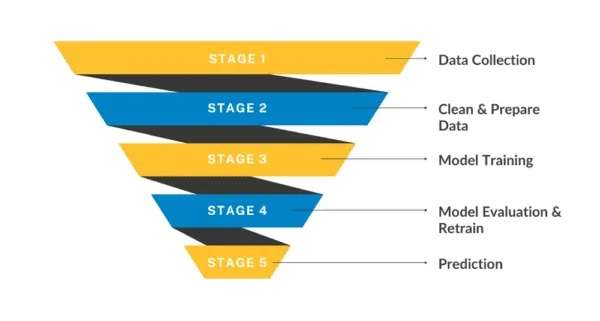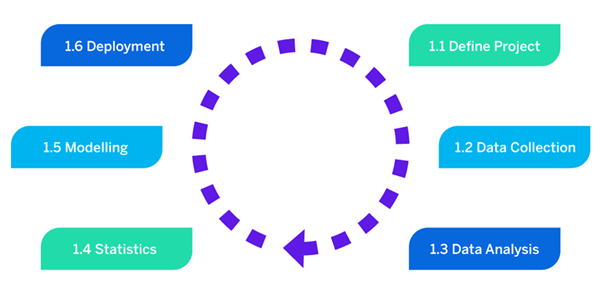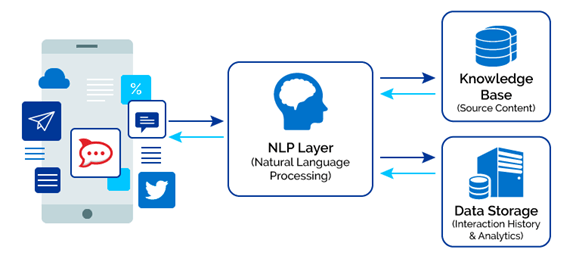- All Courses
- Data Analytics
- Software Development
- Data Science
- Cyber Security
- AL & ML
- BI & Visualization
- Digital Marketing
- DevOps Courses
- Agile Scrum
- Cloud Computing
- Short Courses
- NASSCOM Courses
- E&ICT IITG Courses
- NASSCOM Courses
- E&ICT IITG Courses
- NASSCOM Courses
- E&ICT IITG Courses
- EC-Council Courses
- E&ICT IITG Courses
- FIXITYEDX Courses
- E&ICT IITG Courses
- NASSCOM Courses
- E&ICT IITG Courses
- FIXITYEDX Courses
- E&ICT IITG Courses
- NASSCOM Courses
- E&ICT IITG Courses
- E&ICT IITG Courses
- Our Verticals
- Partner with us
- Company
- Browse Courses
- Courses
FIXITYEDX Courses
NASSCOM Courses
E&ICT IITG Courses
EC-Council Courses
E&ICT IITG Courses
FIXITYEDX Courses
E&ICT IITG Courses
FIXITYEDX Courses
E&ICT IITG Courses
E&ICT IITG Courses
FIXITYEDX Courses
- NASSCOM Courses
- E&ICT IITG Courses
- Our Verticals
- Partner with us
- Company










